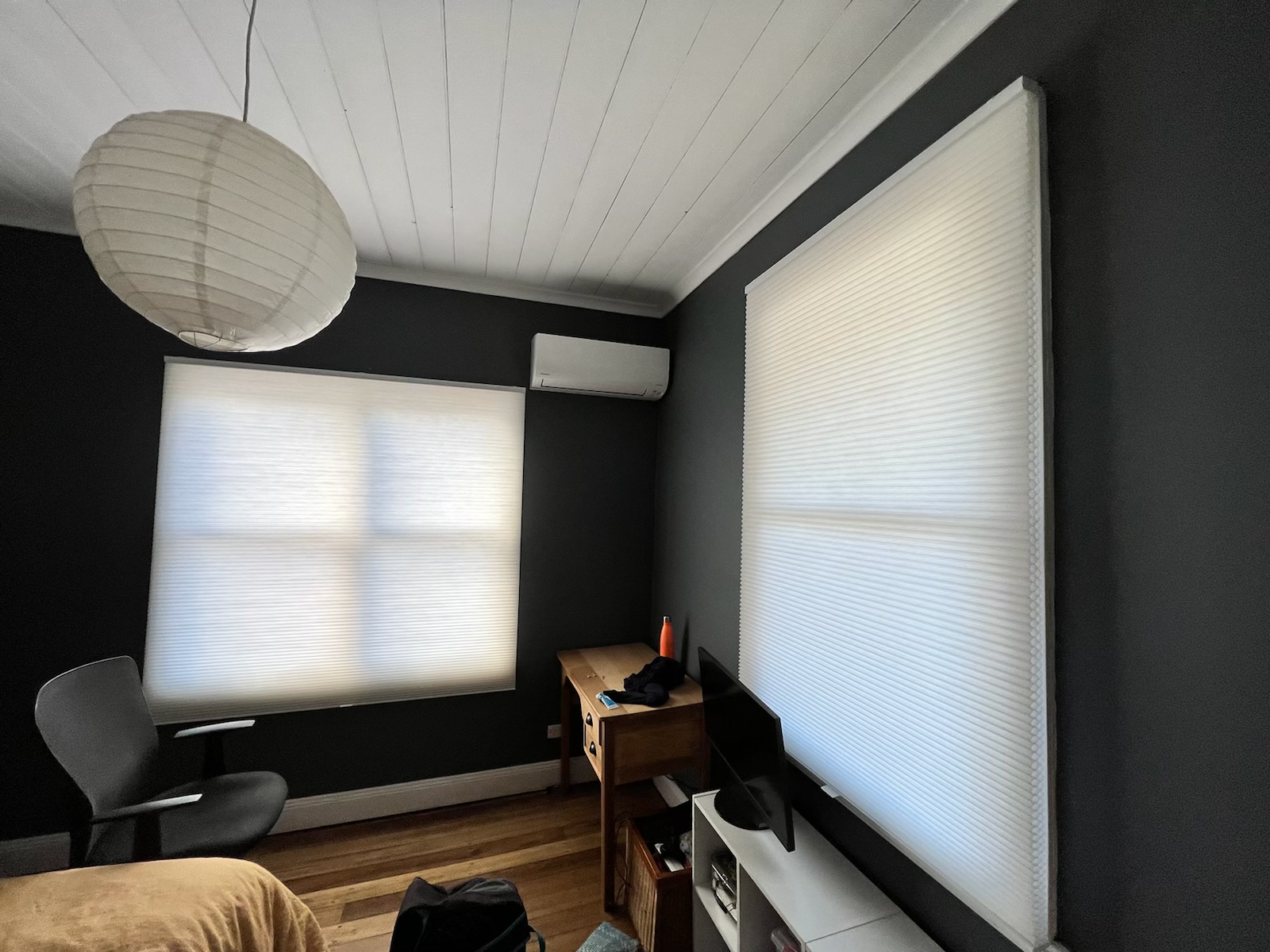
Honeycomb blinds, also known as cellular shades, come in various cell sizes, and cell configurations, the choice you make can affect both the appearance and performance of the blinds. The most common cell sizes are:
- 16mm Cells: This is smallest cell size available and primary used for tight fitting spaces or minimalist look.
- 20mm Cells: Similar to 16mm cell but slightly larger with better insulation
- 25mmh Cells: This is a standard size that balances insulation, light control, and a sleek appearance. It’s often chosen for its versatility and efficiency
- 38mm Cells: These are a bit larger and can offer slightly better insulation than the 25mm cells. They’re also popular for their modern look and effective light filtration.
- 45mm Cells: These larger cells can provide enhanced insulation, making them ideal for energy efficiency. They also offer a fuller appearance and can be a good choice for larger windows.
- 62mm Cells: This size provides the most insulation and is often used in situations where maximum energy efficiency is a priority. They also give a more substantial, textured look to the blinds.
The choice of cell size can impact not just energy efficiency but also the overall aesthetic of the blinds. Larger cells tend to look more substantial and provide more insulation, while smaller cells can give a more refined, sleek appearance.